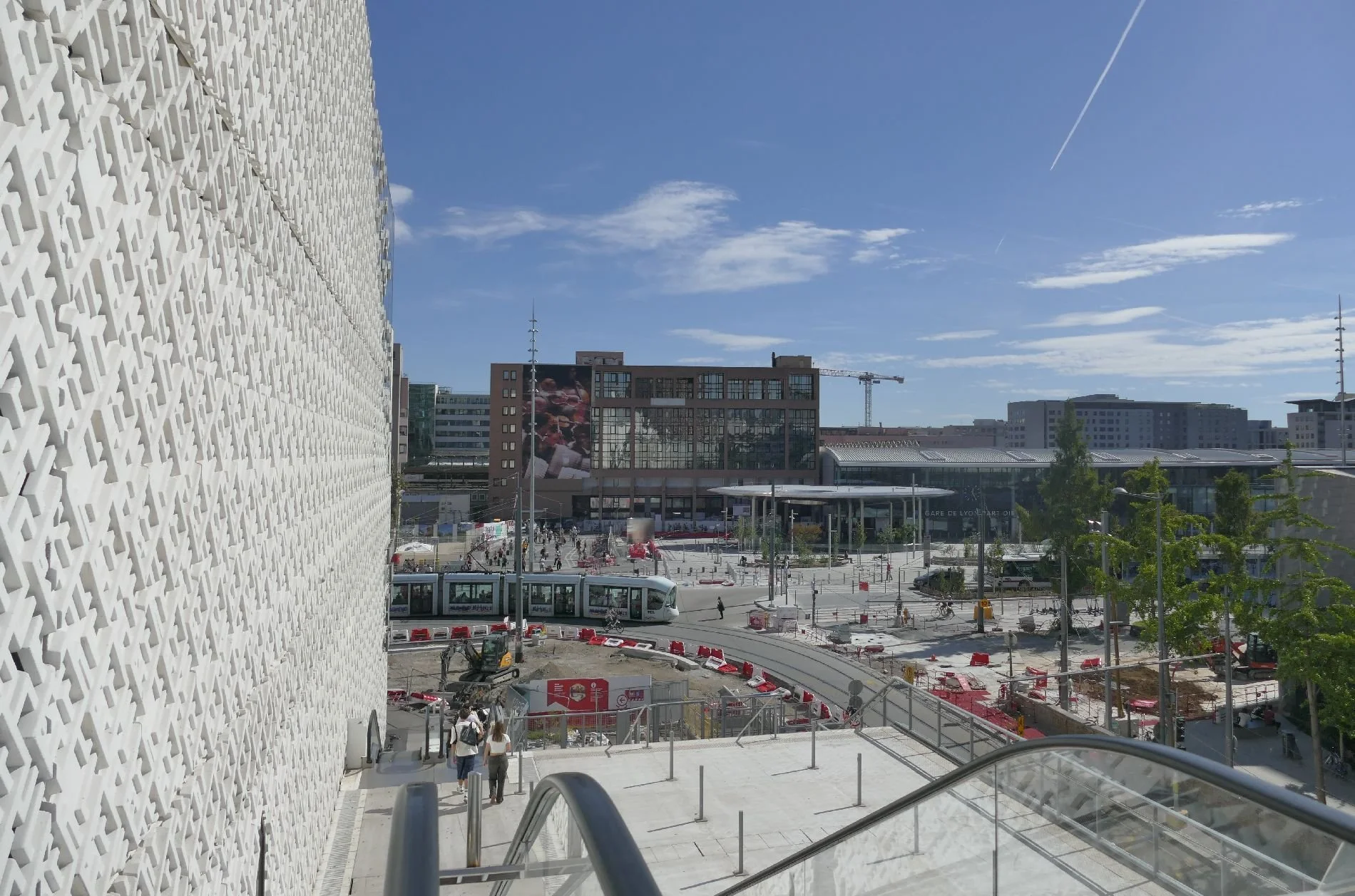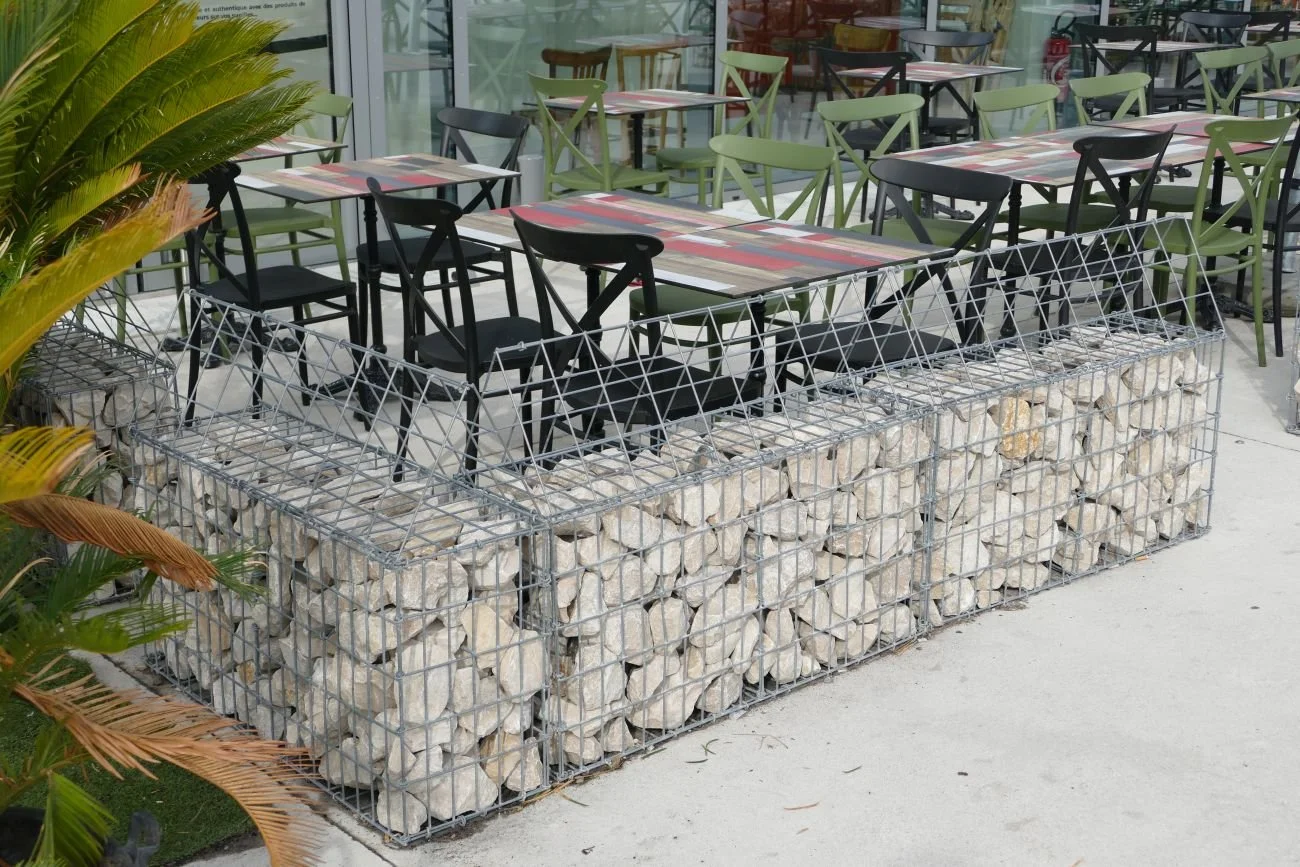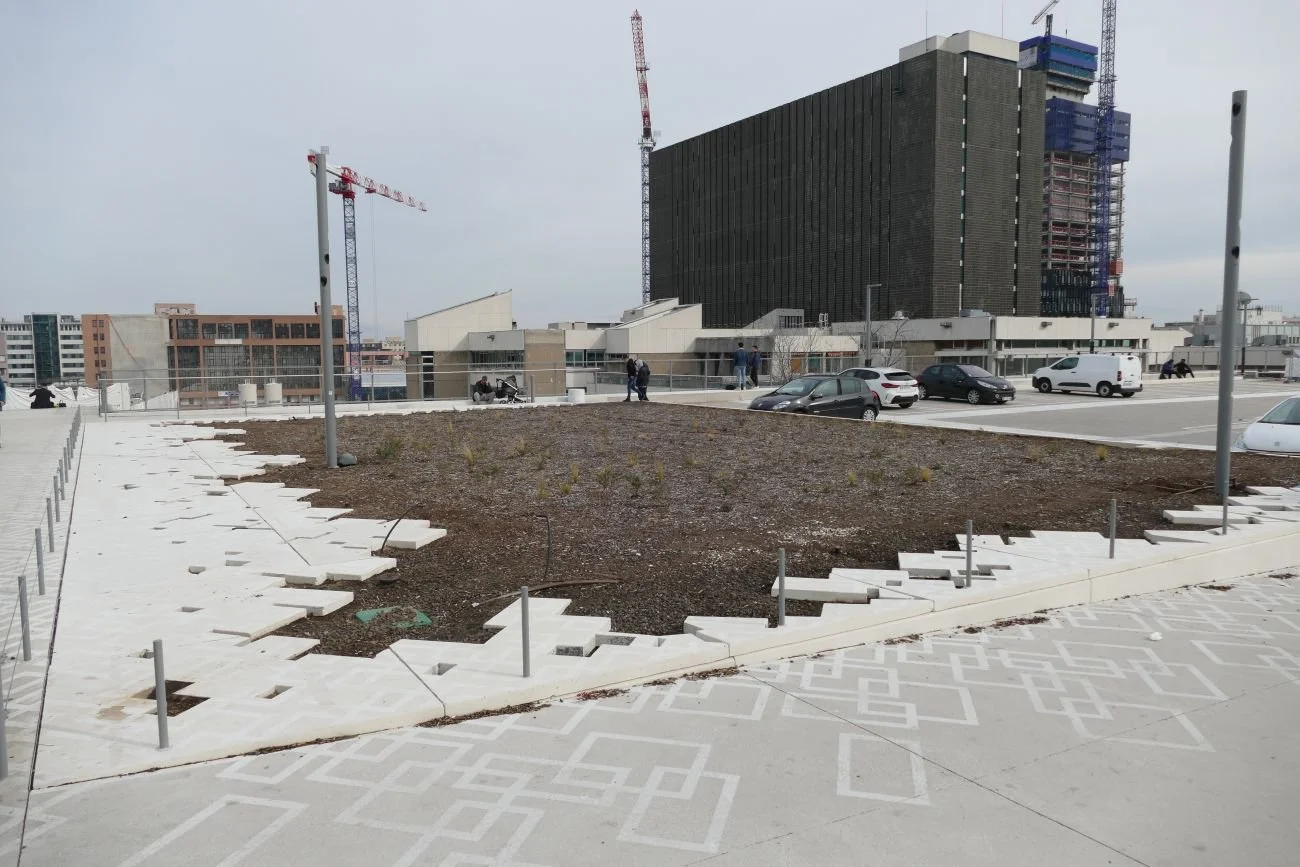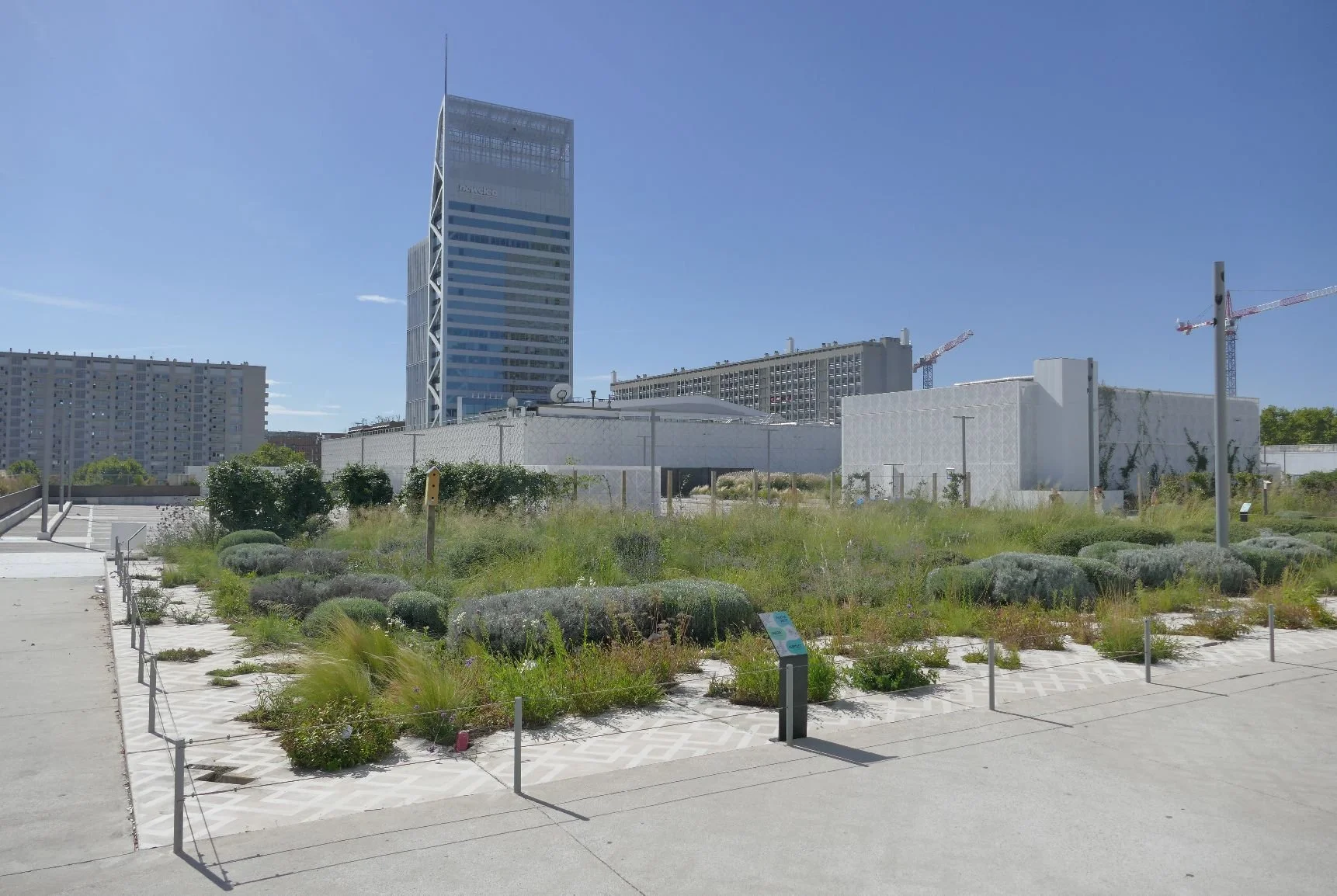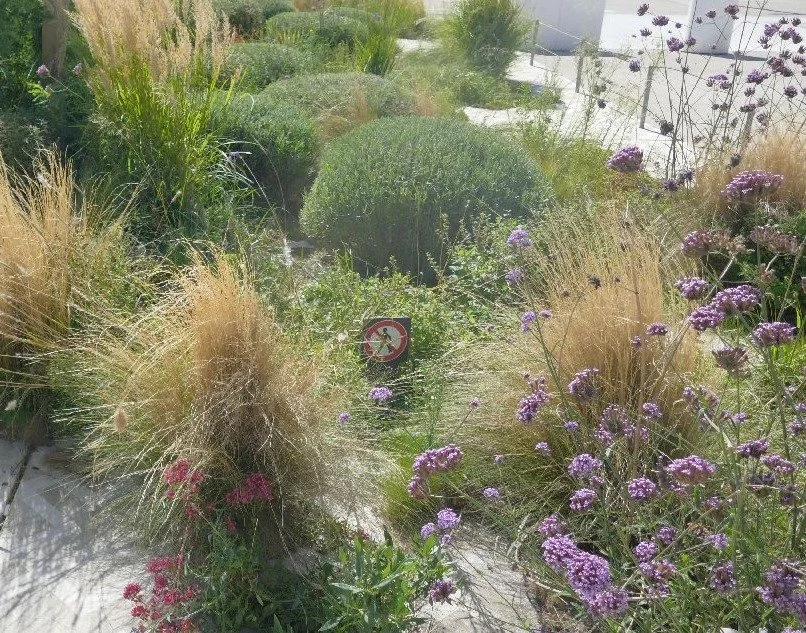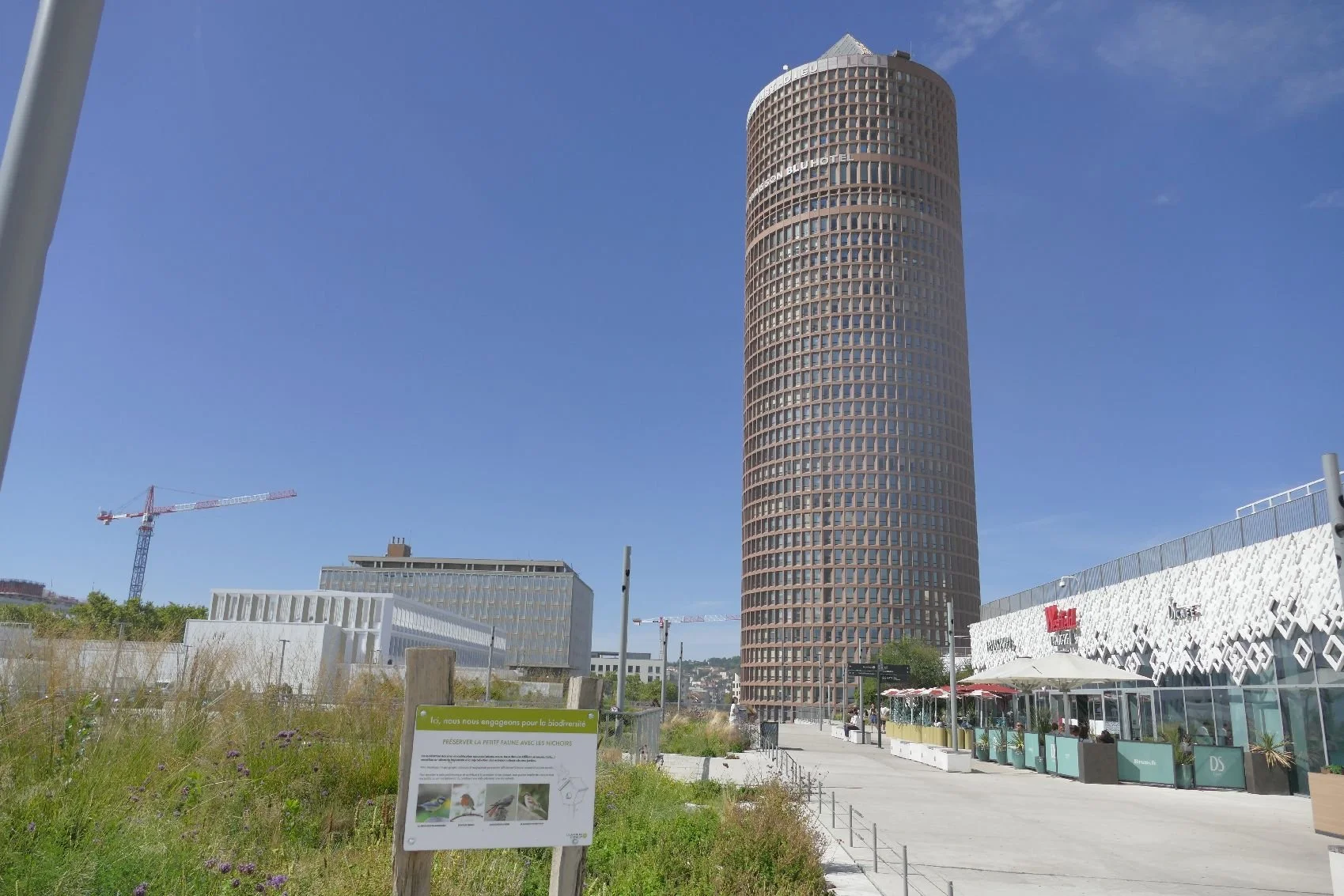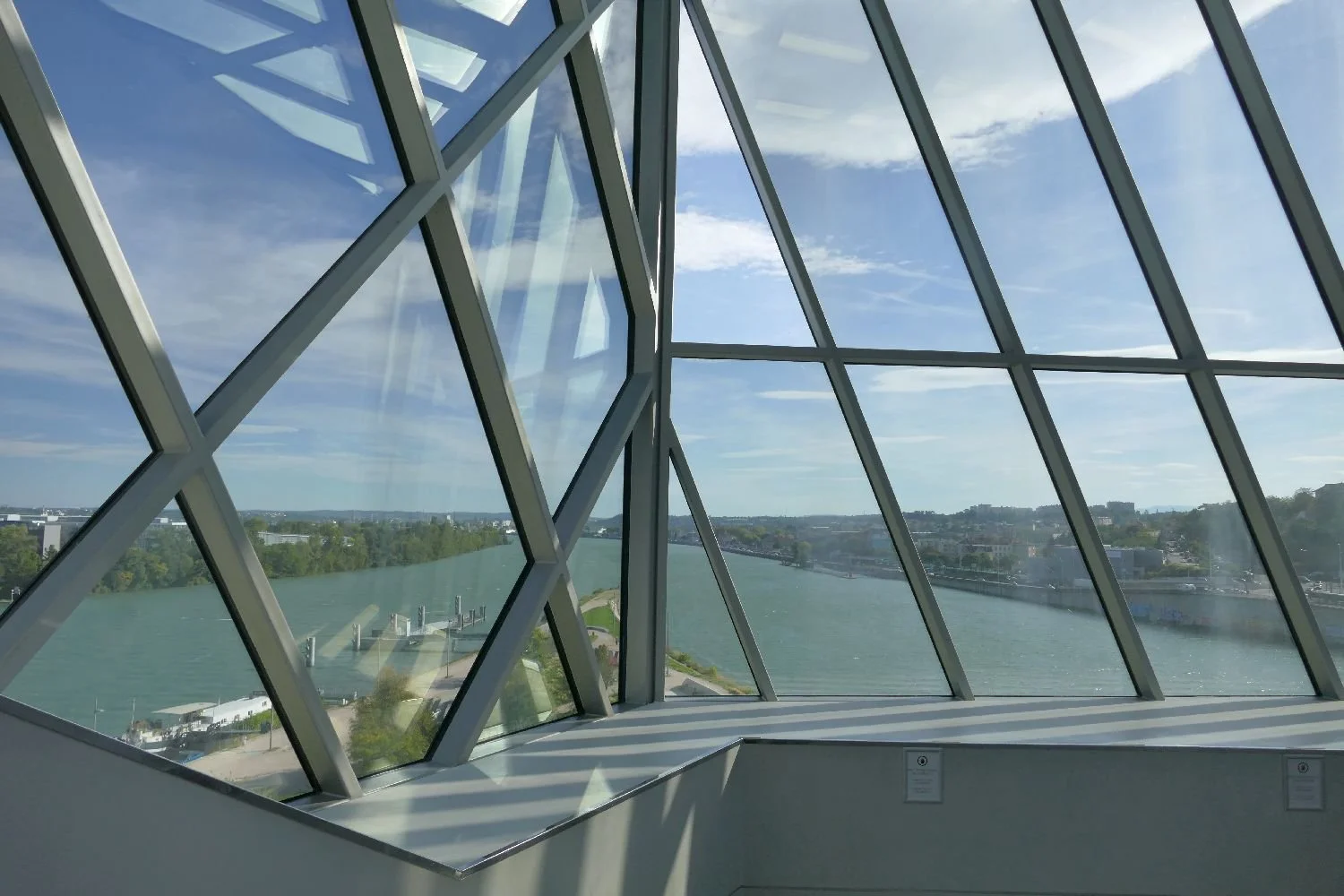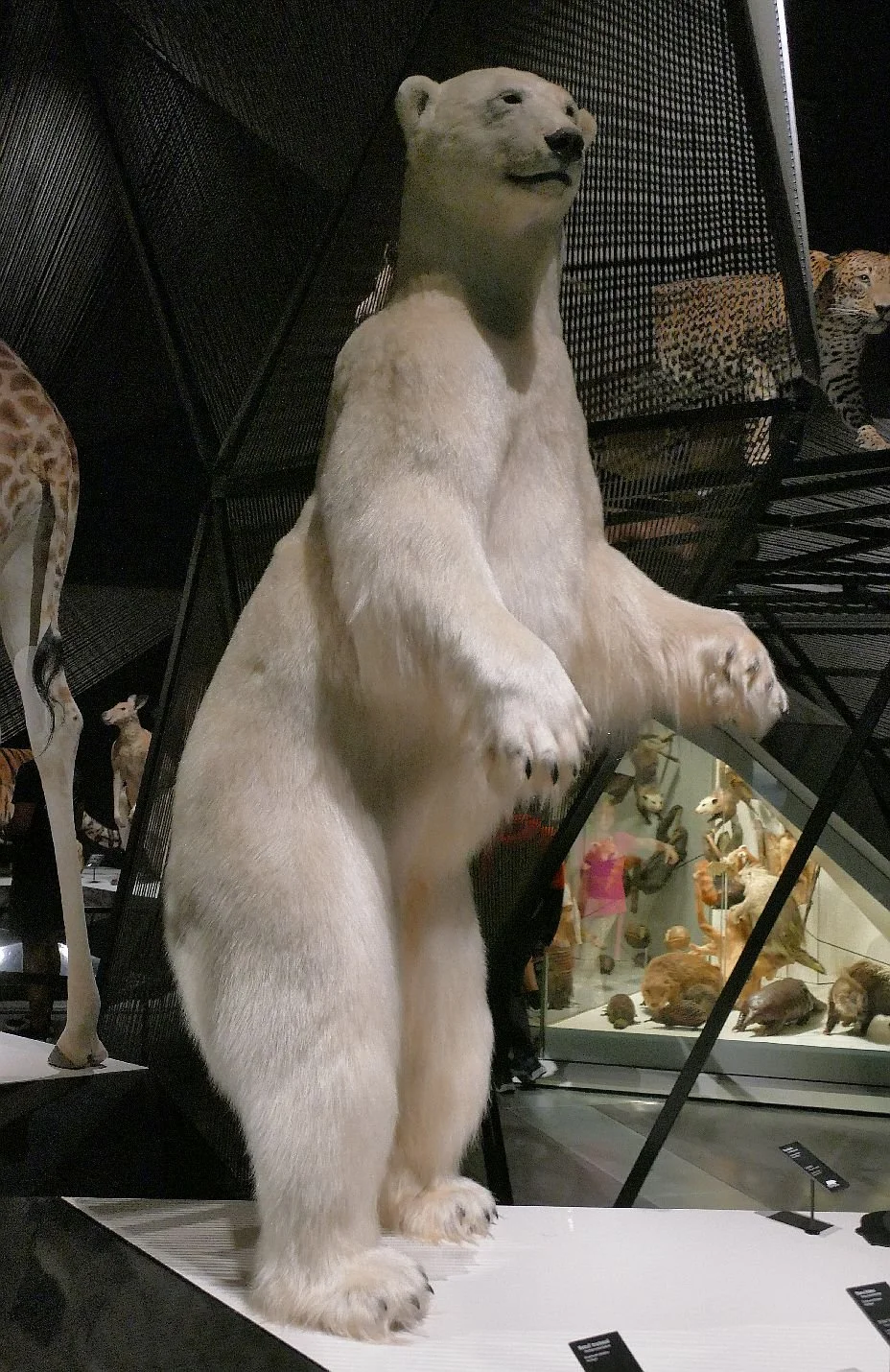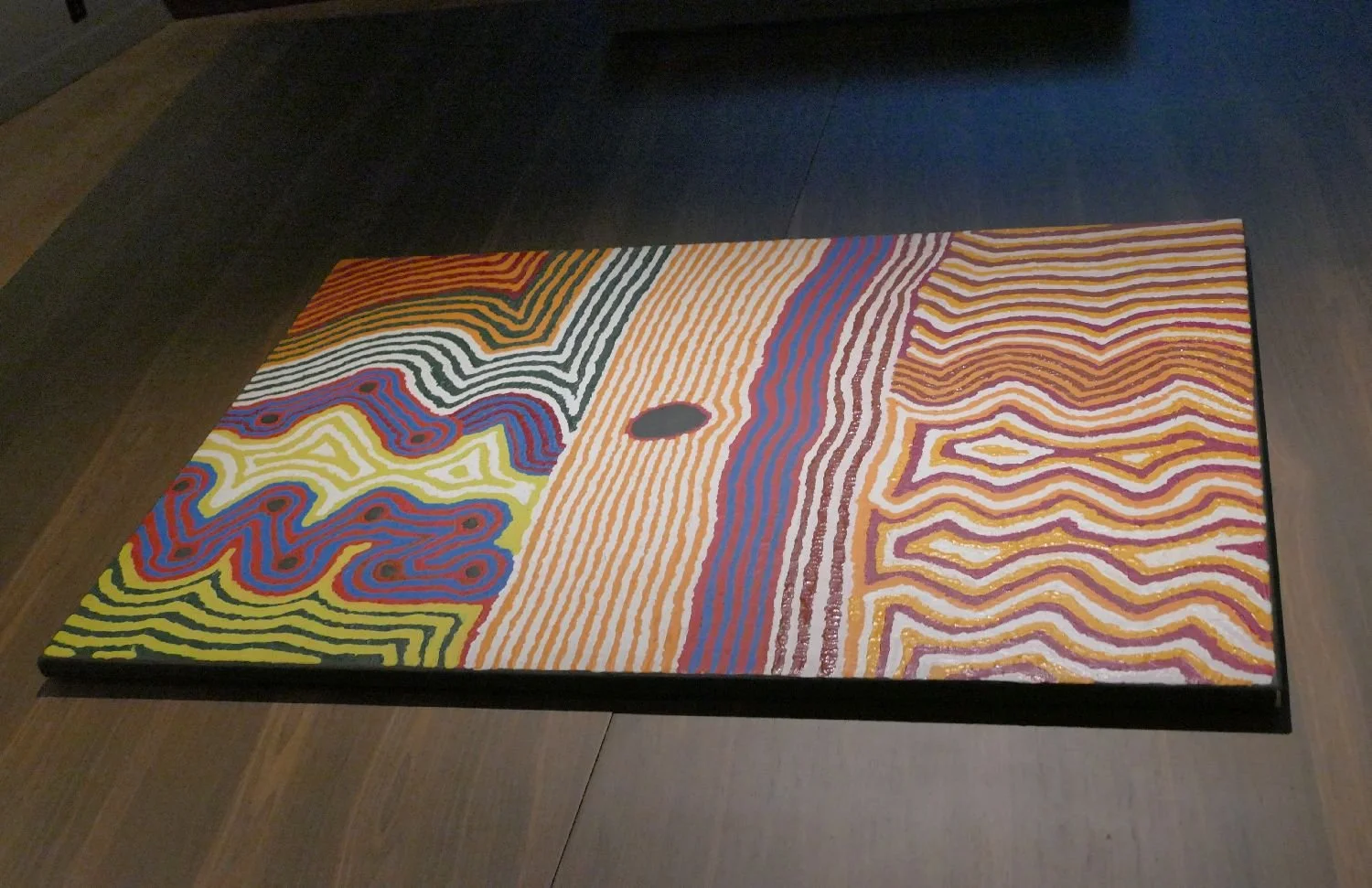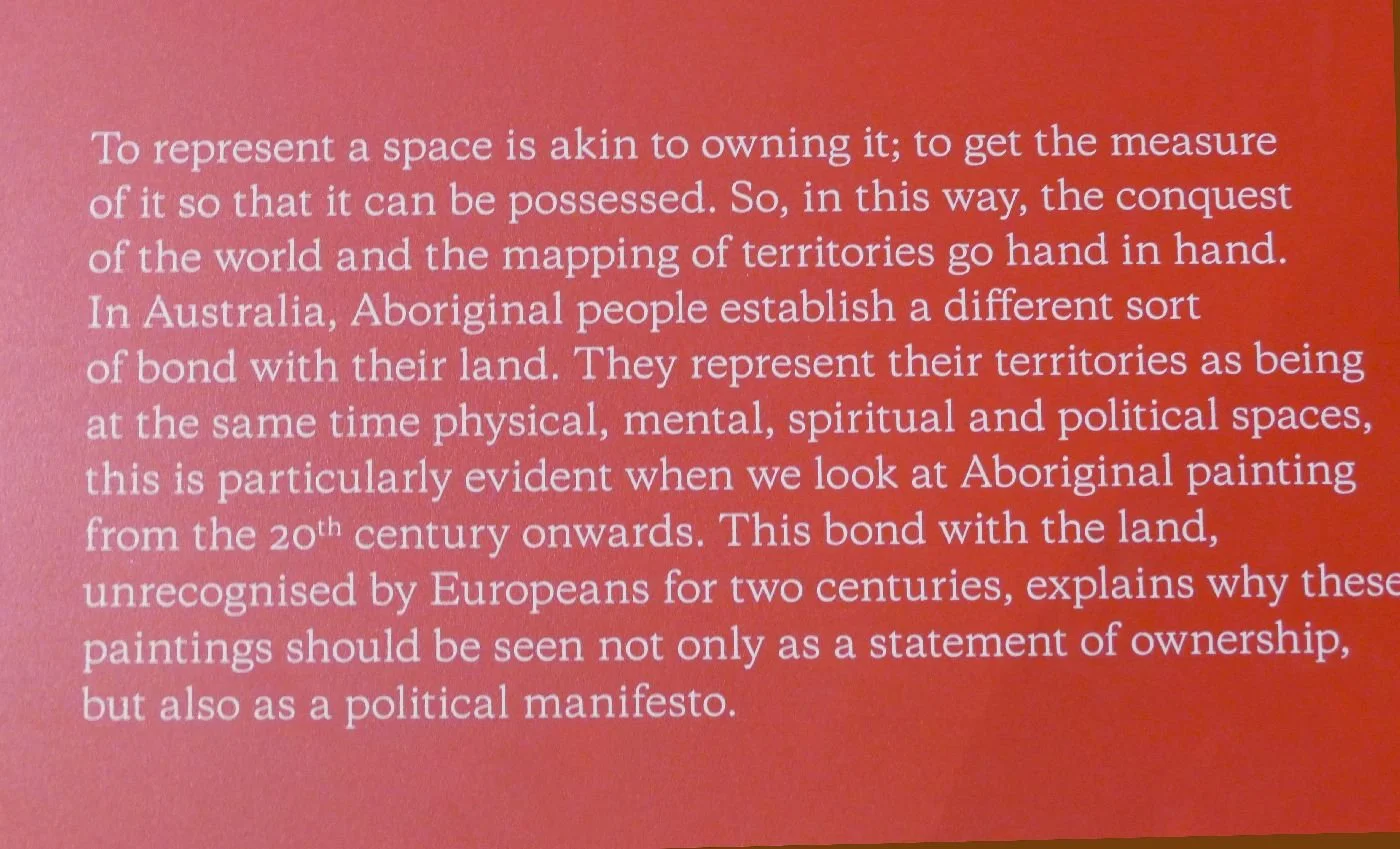Has Lyon Gone to the Dogs?
Terroir says absolutely not. But there are a lot more animals in residence than there used to be.
Faithful readers may remember that we visited the city in the spring of 2022. It was our first overseas outing since the pandemic and despite anxieties over Covid passports (which no one wanted to look at) and European exit requirements (time expired some 10 hours after our departure) we had a splendid weekend à la Lyonnaise.
Last month, we returned to the capital of French gastronomy for just 24 hours, en route between Nice and Lille. We stressed over how we should spend our brief visit but, in the end, our choices delivered an unexpected mélange of plants, animals and architecture.
Back in 2022, our experience of Lyon Part-Dieu railway station was somewhat marred by extensive city redevelopment works. Plus ça change, plus c’est la même chose!
The large chalky white cliff to our left in the above 2025 image is the in-your-face wall of the Lyon Westfield (makes East London’s Stratford version look positively inviting). When we climbed those steps in the spring of 2022 we discovered that the shopping centre had opened, and attempts were being made to create some sort of sitting out area. To be honest, and despite the columnar tower block, it reminded us of a café in a chilly and deserted mountain top ski resort.
Turning around, we discovered – no, not a dark, wintry pond broken out of the surrounding ice – but a planting bed set in a hell of hard paving. If nothing else, this area at least hinted at ‘potential’.
Here it is in the autumn of 2025.
It’s taken us a while to understand why we were somewhat underwhelmed.
Set in its hard, rocky, stony upland and surrounded by urban cliffs, it should be an elevated oasis, a place to rest in an otherwise unrelieved, grey, commercial landscape. But at first sight, there wasn’t a soul there. Only on the periphery, in a rare sheltered and enclosed nook, with trees to guard your back and shrubs to cast some shade, did we come across homo sapiens.
Subtly but effectively fenced off, there was no access, not even a fenced pathway from which to view the oasis interior. Texture, pattern, colour? Yes, and lovely if you can get close up, but it is a drop in the ocean In this substantial area of paved desert.
Room for one more moan? It seemed ‘over-signed’ (see images below). One of us felt like a school child with a condescending teacher, telling us what to look for. Please give us an information board or two at entry points, but let those who do stop to enjoy the ‘garden’ (or ‘green-washing’?) wander round without constant interruption from a cutesy interpretation board which distracts us from the flowers, butterflies, birds and herbs we’re supposed to be enjoying. I think we did see a couple of white butterflies but it was so easy to ‘read and walk on’ and miss the actual habitat altogether.
We were disappointed of course - such wasted opportunities are so typical of ‘tick box’ design, of provision of the bare minimum and, probably, ‘green-washing’ - but it could have been worse. Maybe!
At the other end of town, there is a museum which we had yet to visit. In 2022, we wrote, “The southern tip of the presqu’ile lies at the confluence of the two rivers. It’s somewhere you feel you should go, but if your tourist programme doesn’t feature the Aquarium and the two museums located in this area, we get the feeling that it’s slightly off the beaten track.” We were right, in as much as The Musée des Confluences, located on the Presqu'île, is a very long walk from Lyon Centre Ville or Vieux Lyon. Thankfully there is a beaten track all the way there and it’s called the T1 Tram line.
The confluence of the mighty River Rhône with the only slightly more modest River Saône (flowing down from the nearly-in-Switzerland Vosges Mountains to the north east) is a spectacular piece of waterscape and the Museum is located right at the heart of the river junction.
The scale and vibrancy of some of the local architecture matches the physical geography of the site, but sadly the walk from the tramstop to the Museum is a real challenge in terms of townscape (nul point), acessibility and transport planning. Here’s a couple of the good bits.
For those familiar with London Museums, the Musée des Confluences is, in terms of content, a combination of the Natural History Museum and the ethnography side of the Horniman Museum, altbeit without their respective gardens. Due to the length of time and energy required to reach the confluence we took the museum content at some speed but did enjoy, and feel stimulated by, what we saw.
This extract from the museum website sums up the complex content very neatly: “Journeys through time and on all 5 continents, the exhibitions tell the story of humankind and their place in a living world and address such great universal subjects as the origins of the earth and life itself.” https://museedesconfluences.fr/en/welcome-museum Big stuff!
We saw displays on what felt like every aspect of human society: rituals and rites of passage, economy, religion, costume, art, music and, we’re pleased to say, attitudes to land and landscape. A tiny, tiny taster is included here, including some of those animals which we mentioned at the start, and which now seem to inhabit this part of Lyon.
A huge variety of prehistoric, endangered and thriving wildlife is displayed (above) and is popuar with the younger visitor. Canines were not exhibited in disproportionate numbers, so I think it is safe to say that Lyon has not gone to the dogs, although deer may be an issue very soon.
Art in many different media (including a vibrant display of costumes) was probably attractive to all ages, although may be disappointing to dog lovers.
But we will leave you with a display which particularly resonated with Terroir. The sign below was located adjacent to the Australian aborginal art shown above right. So here’s to Lyon and landscape.

